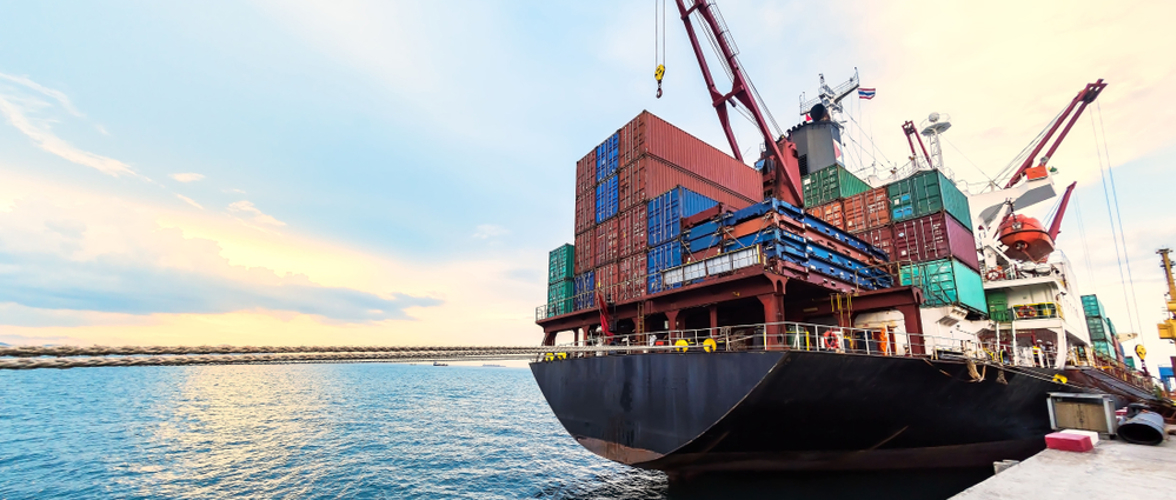As the global economy gradually recovers from the COVID-19 pandemic, the Transport sector is expected to pick up steam. The pandemic severely disrupted most transport industries, with the global price of crude oil falling by 32.8% in 2020. In 2021, oil prices are expected to rise by 19.8% to US$49 per barrel, as demand returns for international air travel, water freight and road freight. The COVID-19 vaccine rollout is expected to enable a return normal travel conditions in most major economies by the end of 2021-22.
The outlook is encouraging for transport over the next five years. The total value of world trade is expected to rise by 8.3% in 2021, and increase at an annualised 5.4% over the five years through 2025-26. Stronger growth is forecast over the next two years, as economies rebound after governments remove COVID-19 restrictions.

Rising commodity production in Australia, in conjunction with accelerated growth in online shopping, is expected to increase Australia’s total domestic freight task to 931.8 billion tonne kilometres by 2025-26. The removal of COVID-19 travel restrictions is forecast to lift remaining trade barriers by 2021-22, enabling a return to normal operations.
Air transport
Revenue in the International Airlines industry is expected to decline by 67.2% in 2020-21, as international travel remains highly restricted. Based on current projections, most of the Australian population is expected to be vaccinated by the end of 2021-22, which would like enable international travel to normalise. Travel bubble arrangements, such as the New Zealand – Australia agreement, are anticipated to expand in 2021 to include destinations that have almost eliminated COVID-19, such as Singapore. International tourist visitor nights are expected to decline by 82.6% in 2020-21, to 36.5 million. However, visitor nights are anticipated to sharply rebound by 486% in 2021-22, to 213.9 million. Overall, revenue for international airlines is forecast to rise at an annualised 29.7% over the five years through 2025-26, to $30.2 billion.
Airfreight is expected to account for 90.4% of revenue in the International Airlines industry in 2020-21. This represents a significant increase from only 20.1% in 2019-20, as airfreight has become a revenue lifeline amid ongoing restrictions on international tourism.
Airfreight is more expensive than shipping, but is also much faster. For this reason, airfreight is used to transport perishable Australian exports, such as horticultural goods, boxed meat and chilled seafood. Passenger flights in the International Airlines industry normally provide the bulk of airfreight capacity in Australia, and typically carry commercial cargo in addition to passenger bags. A significant decline in air travel has reduced total air freight from 84.8 million kilograms in January 2020, to 72.6 million kilograms in January 2021.

Sea transport
Australia is expected to export almost 1,550 million tonnes of goods by sea in 2020-21. The Water Freight Transport industry, which ships Australian products to foreign ports, is expected to grow by 0.2% in 2020-21, following a 12.3% decline in 2019-20. Australia is a major exporter of bulk commodities such as coal and iron ore, and agricultural products such as wheat and grains. Due to their high weight, these goods travel by sea in custom-built bulk carriers, rather than by air freight.
Freight rates have fallen significantly over the past five years, as the construction of new ships has caused freight capacity to increase at a greater pace than demand. However, increasing export volumes are forecast to lessen oversupply conditions and support a revival in freight rates over the next five years. The Water Freight Transport industry is expected to grow at an annualised 4.2% over the five years through 2025-26, to $2.6 billion.

Growth in Asian economies is expected to support Australian export volumes, particularly for bulk commodities such as iron ore, coal and grain. GDP across East Asia is projected to grow at an annualised 4.8% over the five years through September 2025. As export demand rises, Australia’s freight shipping fleet is anticipated to transition to larger vessels in pursuit of greater economies of scale. The global transition to larger ships is forecast to spur a renewal in infrastructure development in the Port and Water Transport Terminal Operations industry. This industry currently lacks sufficient deep-water port infrastructure to support modern ultra large container vessels, which can carry more than 14,000 shipping containers. However, the shift to larger container vessels will likely face greater scrutiny, particularly after the six-day blockage of the Suez Canal by a megaship in March 2021.
IBISWorld reports used to develop this release:
- International Airlines in Australia
- Water Freight Transport in Australia
- Port and Water Transport Terminal Operations in Australia
For more information, to obtain industry reports, or arrange an interview with an analyst, please contact:
Jason Aravanis
Strategic Media Advisor – IBISWorld Pty Ltd
Tel: 03 9906 3647
Email: mediarelations@ibisworld.com







